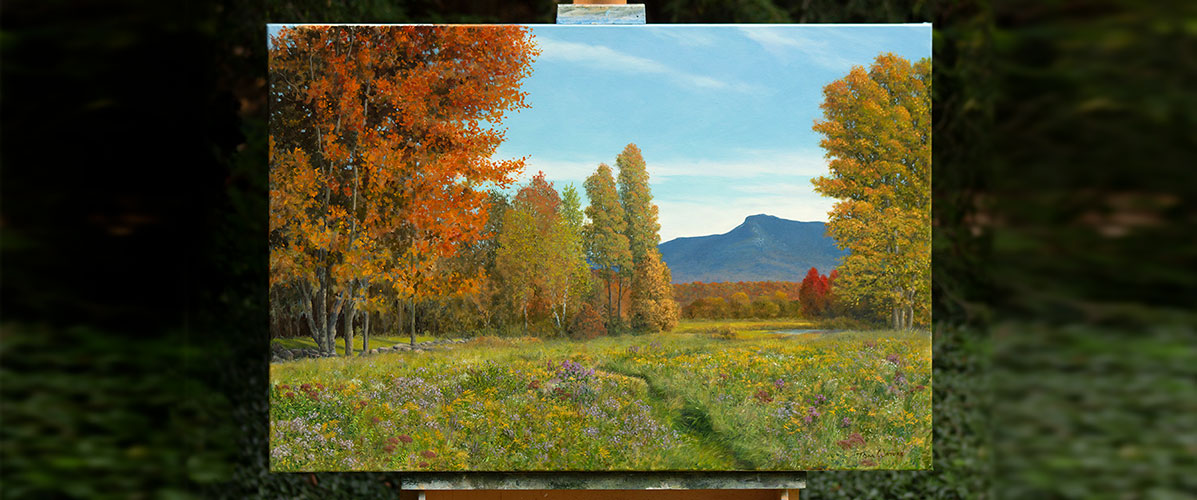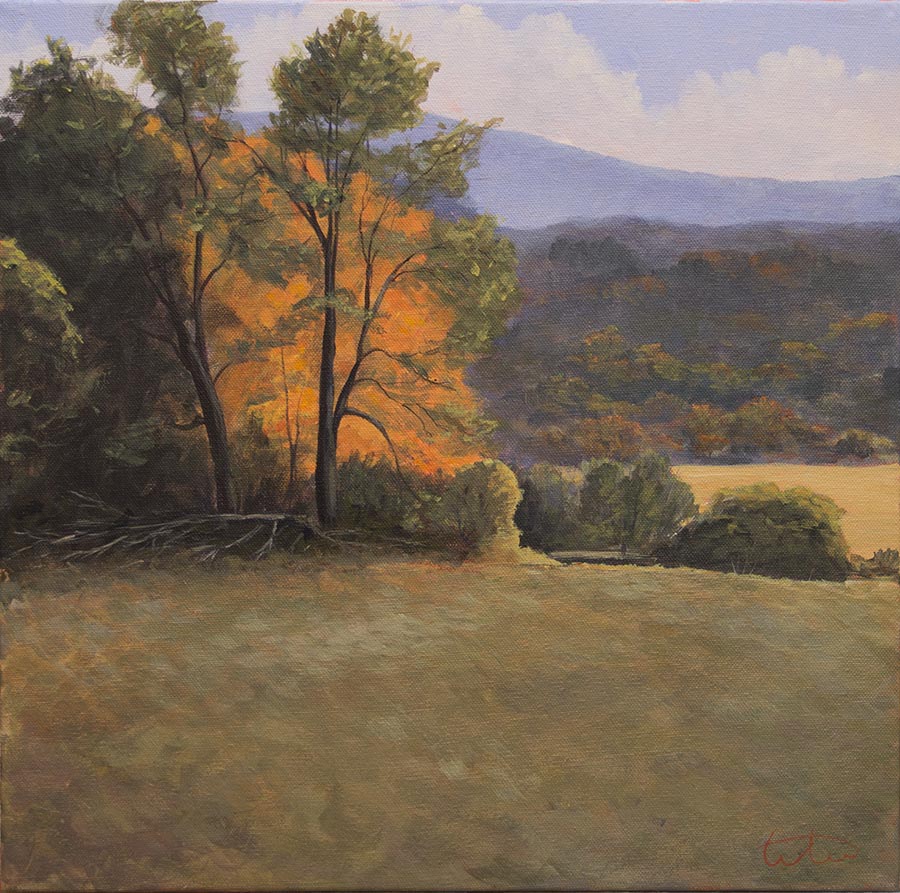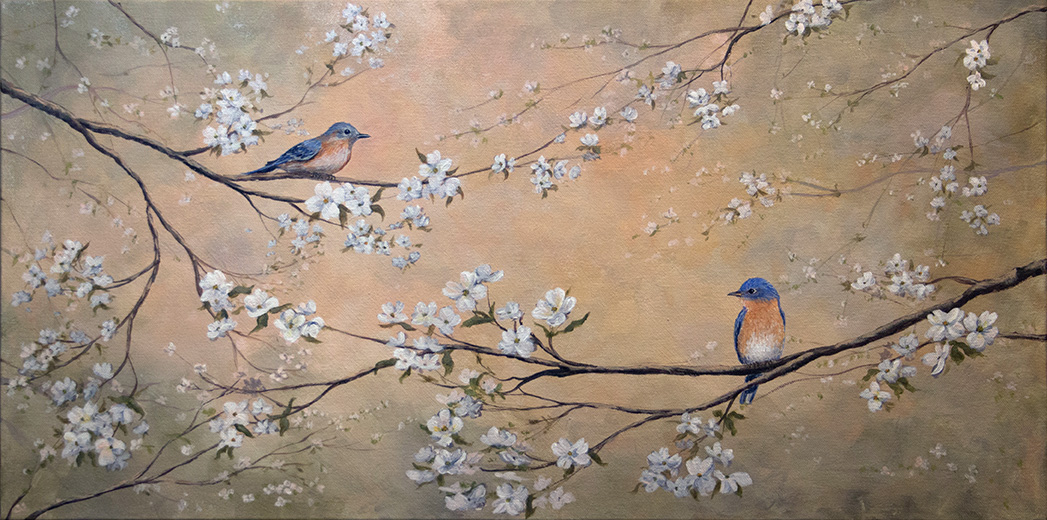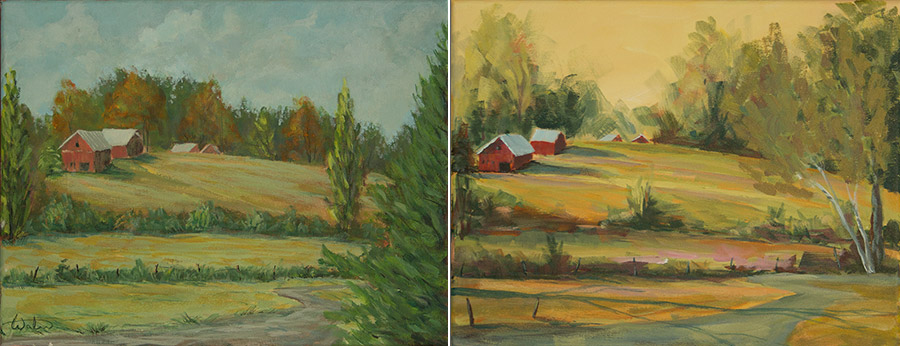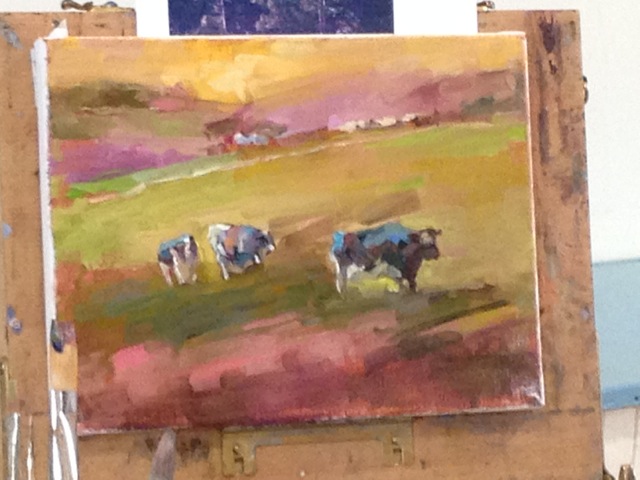I’ve done it. I’ve taken to painting outdoors, with all its pitfalls and rewards. So I thought I’d share my experience as it evolves.
Painting “en plien air” (or “in the open air”) has a long history, most notably being the method preferred by the impressionists. It has its challenges and its rewards. This summer I have taken the “plien air” plunge and decided to give this method of painting a run. Early results are not so good, but I’m determined to stick with it and see where it takes me.
A little history. Prior to the mid-19th century it was difficult to paint out of doors with all the equipment necessary, but the introduction of paint in tubes and the box easel (portable) made it much easier to carry paint and equipment with you outside to paint on-site. This dovetailed nicely with the rise of impressionists like Monet, Pissaro and Renoir who believed in capturing real-life and “painting the light” outdoors. I won’t bore you with more history other than to say painting “en plein air” became very important to impressionist painting and changed how the world looked at art.
For me, the attraction of painting outdoors is that you truly can not capture a scene with a camera or memory, or the light and the colors, as well as when you are standing there at your easel looking at your subject. Being outdoors by itself is great, most of the time. And there is something romantic about painting a picture all in one session right there on the spot. Its not necessary to complete a painting in one session, Monet famously would take several canvases with him and paint on each for only a few minutes at the same time of day, returning each day so as to capture that exact light and time of day. But it is common practice for many to paint in a single session. And there are plenty of very accomplished and successful artists who will only paint this way, outdoors, rain, shine, summer or winter.
So I have painted this way now a total of 5 times. The results of which are 5 paintings that are not worth displaying. But I’ll share this last effort and what I have been learning for a couple of reasons. One, its worth showing and talking about the challenges as a learning tool. Two, it will be good to gauge my progress as I paint outdoors more and more. And three, since I will be participating in two “plein air” festivals in the coming weeks, and taking a weekend workshop in August which will be mostly outdoor painting, its good to think about the experience so far and plan for what I need to improve on.
Continue reading “Taking the “en plein air” plunge”
